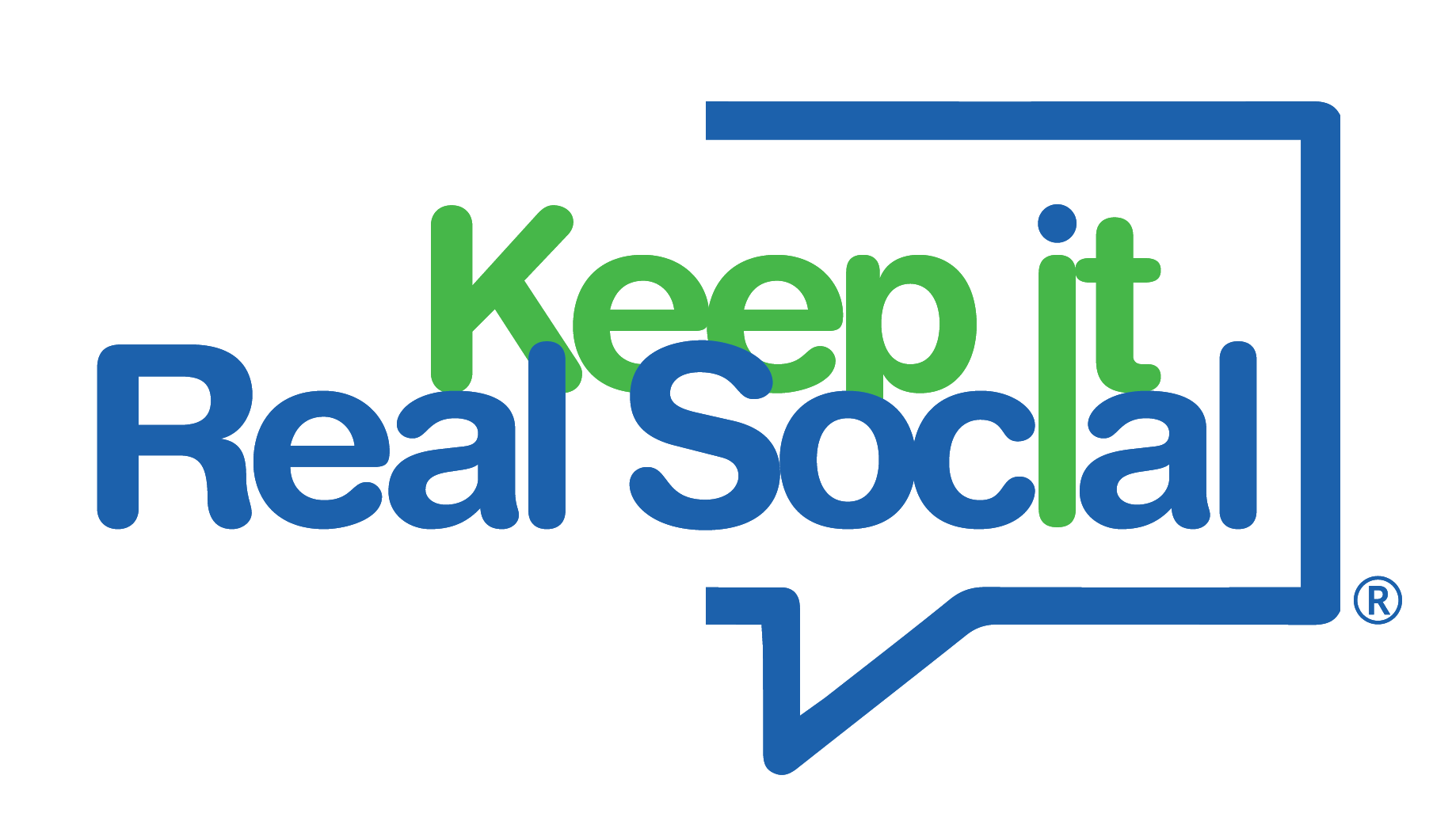The new year is always a time when people reevaluate the past 12 months and if they accomplished what they wanted, both personally and professionally, and then set goals for the new year. This annual reflection is just as important for your small business! Reviewing how you did over the past 12 months and then setting goals for the next year will greatly benefit you.
To help you start setting your goals for 2022, we have laid out a plan for you to follow below.
Step 1: Review how you performed this past year by doing a SWOT Analysis.
Before you can set future goals, you need to figure out where you stand. One way to do this is through a SWOT analysis. A SWOT analysis can help point out where you need to grow in your business. Sit down with your team and do this exercise to get an idea of how you performed this past year and to give you a starting point for planning for next year.
S – Strengths: Aspects of your business that are working or going as you would like them to be going.
W – Weaknesses: Things about your business that need to be worked on.
O – Opportunities: Places in your business that have the potential to grow.
T – Threats: Challenges that you may foresee, including competition and changes in the industry or market.
Step 2: Pick three areas you would like to focus on strengthening.
Based on the results from your SWOT analysis, determine three areas that you would like to make a priority for the following year. Some examples can be:
- Increasing revenue
- Increasing social media engagement
- Focusing on a new target market
- Showing up in local SEO searches more often
Step 3: Turn these three areas into SMART Goals
Once you have established three areas you would like to work on for the following year, it’s time to put them into action. You can do this by making these three areas SMART!
S – Specific: What exactly are you aiming to do?
M – Measurable: How will you be able to determine if what you are doing is working?
A – Achievable: How will you implement this goal?
R – Relevant: How does the goal align with your broader business goals?
T – Timely: What is the timeline for completing this goal?
Here is an example of developing SMART goals
Specific – Gain 20 new clients at a doctor’s office.
Measurable – Track the number of new clients that call to schedule an appointment.
Achievable – This will be accomplished by promoting through social media and local SEO that we are currently accepting new clients with no wait time.
Relevant – This goal will help us increase the number of clients we have annually while increasing profit overall.
Timely – This goal will be achieved in the first six months of 2022.
Step 4: Decide on your KPIs
The easiest way to track if you are on the right track is by establishing KPIs – Key Performance Indicators. KPIs are a way to track if you are making progress with your goals. SMART goals are an excellent way to help you develop your KPIs.
In the above example, the KPI would be the number of new clients who schedule an appointment. You can evaluate how you are doing every month by tracking the number of new clients gained. If you are in month 3 of your 6-month goal and only have 5 out of the 20 new clients you want, then it is time to reevaluate your plan and try something new.
Step 5: Review and Revise
It is essential to constantly review how you are doing with your goals and to make any necessary changes if your plan is not moving in the right direction. Reviewing with your team and incorporating new ideas is always helpful.
Starting the year off with a plan will give you a better chance for success. If you are looking for help developing business goals for your small business, give Keep It Real Social a call, and we can help you create a plan.
Sign up for our weekly email and you’ll receive our free Google My Business checklist.



